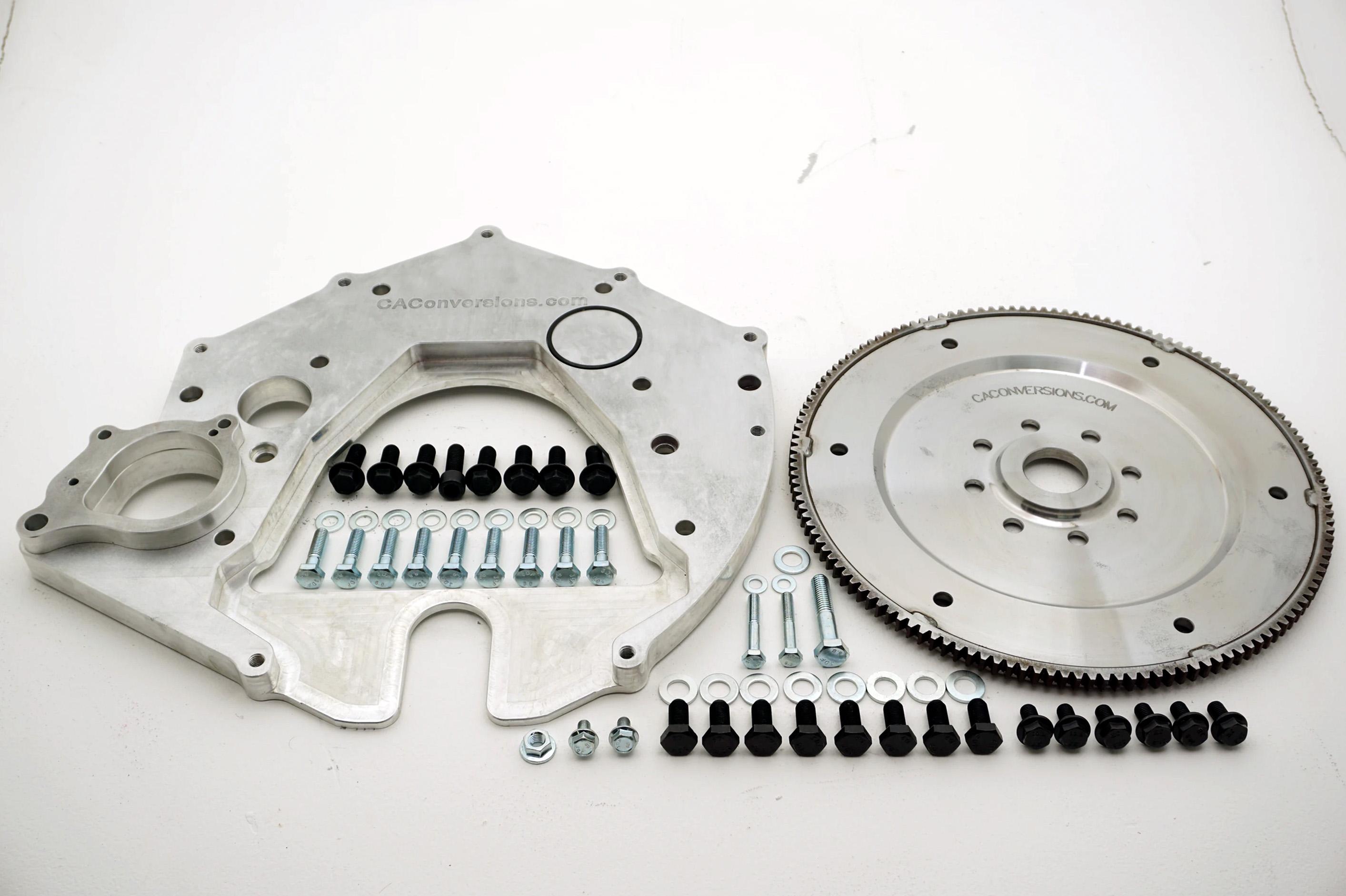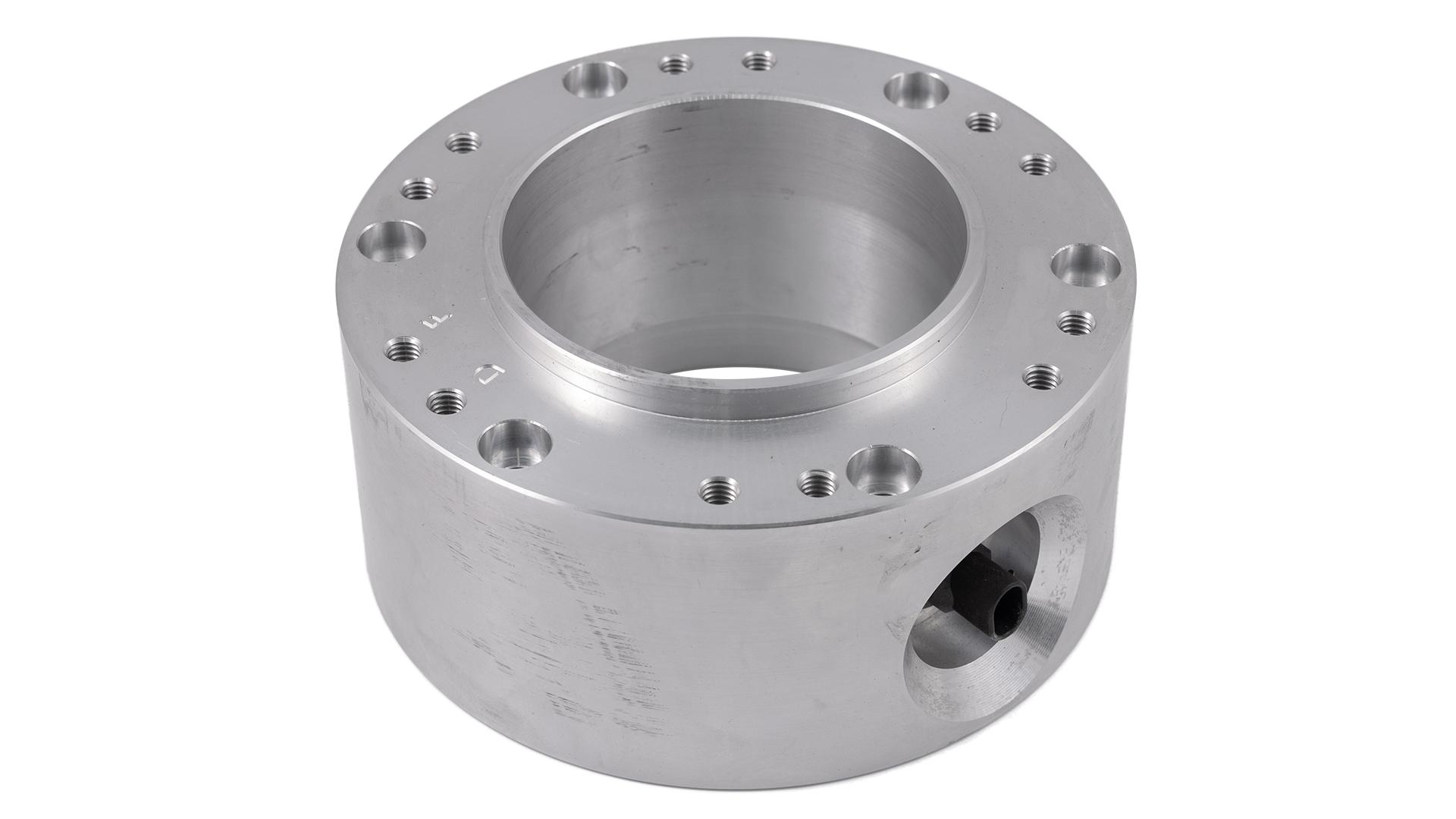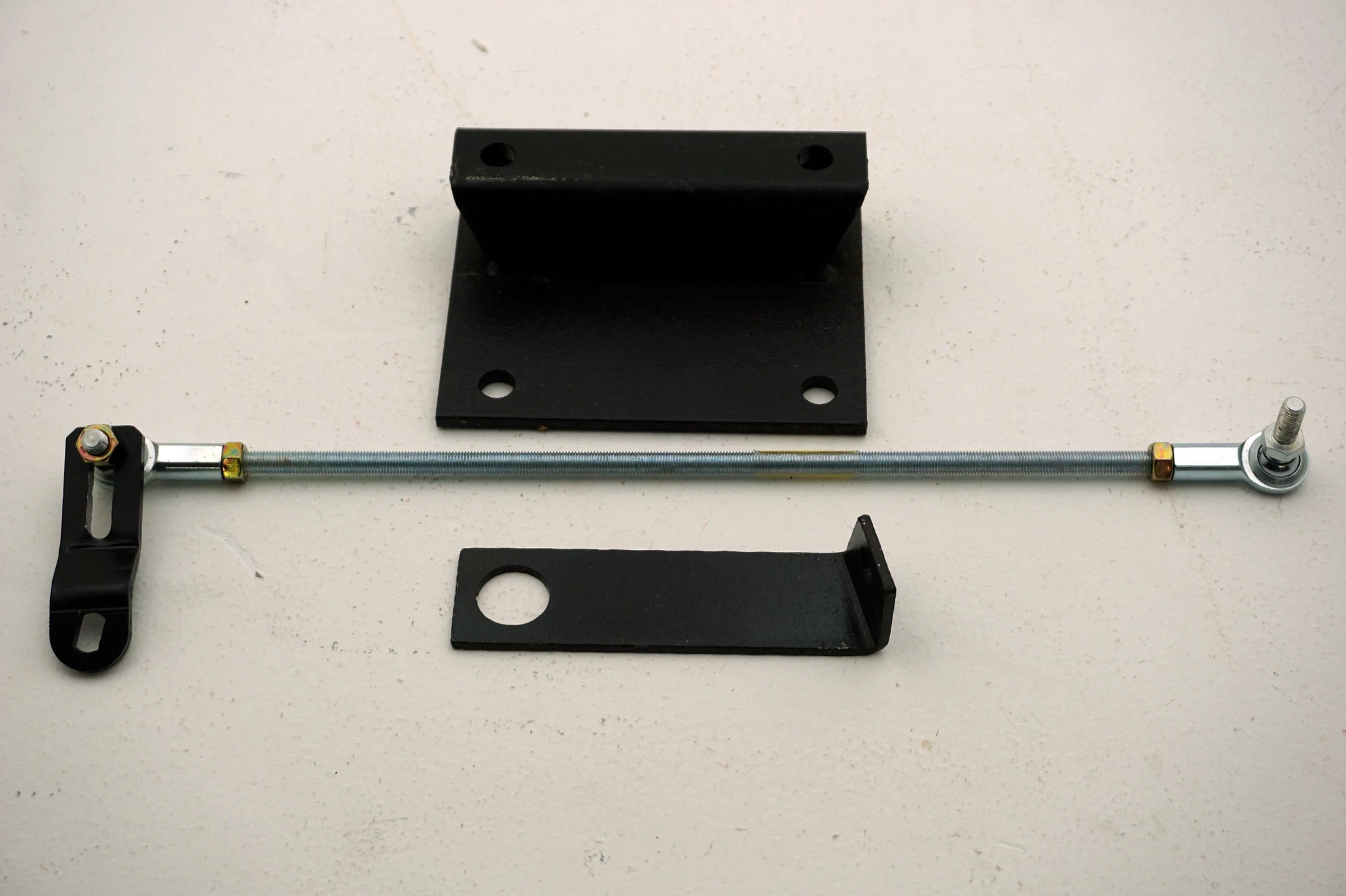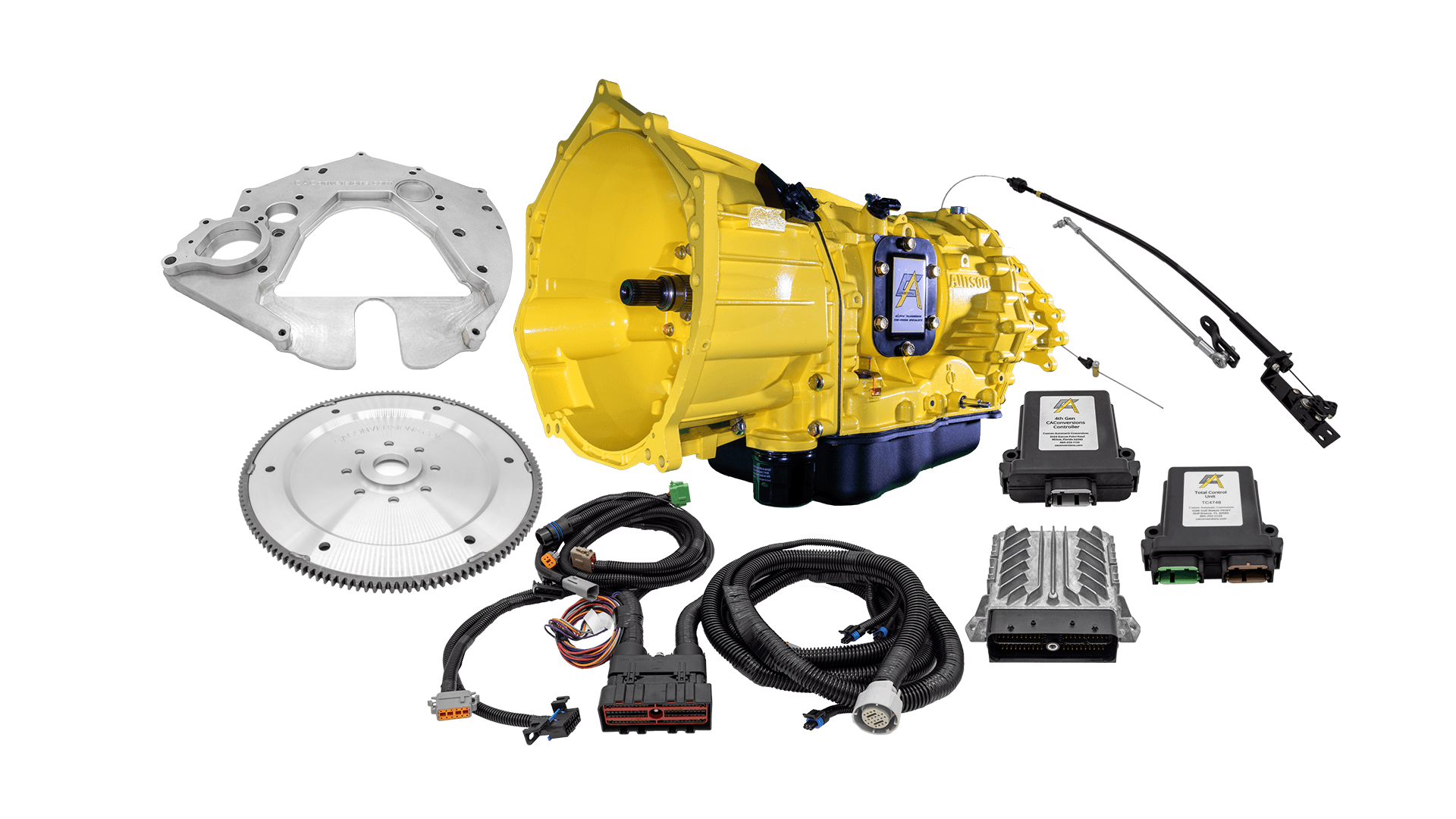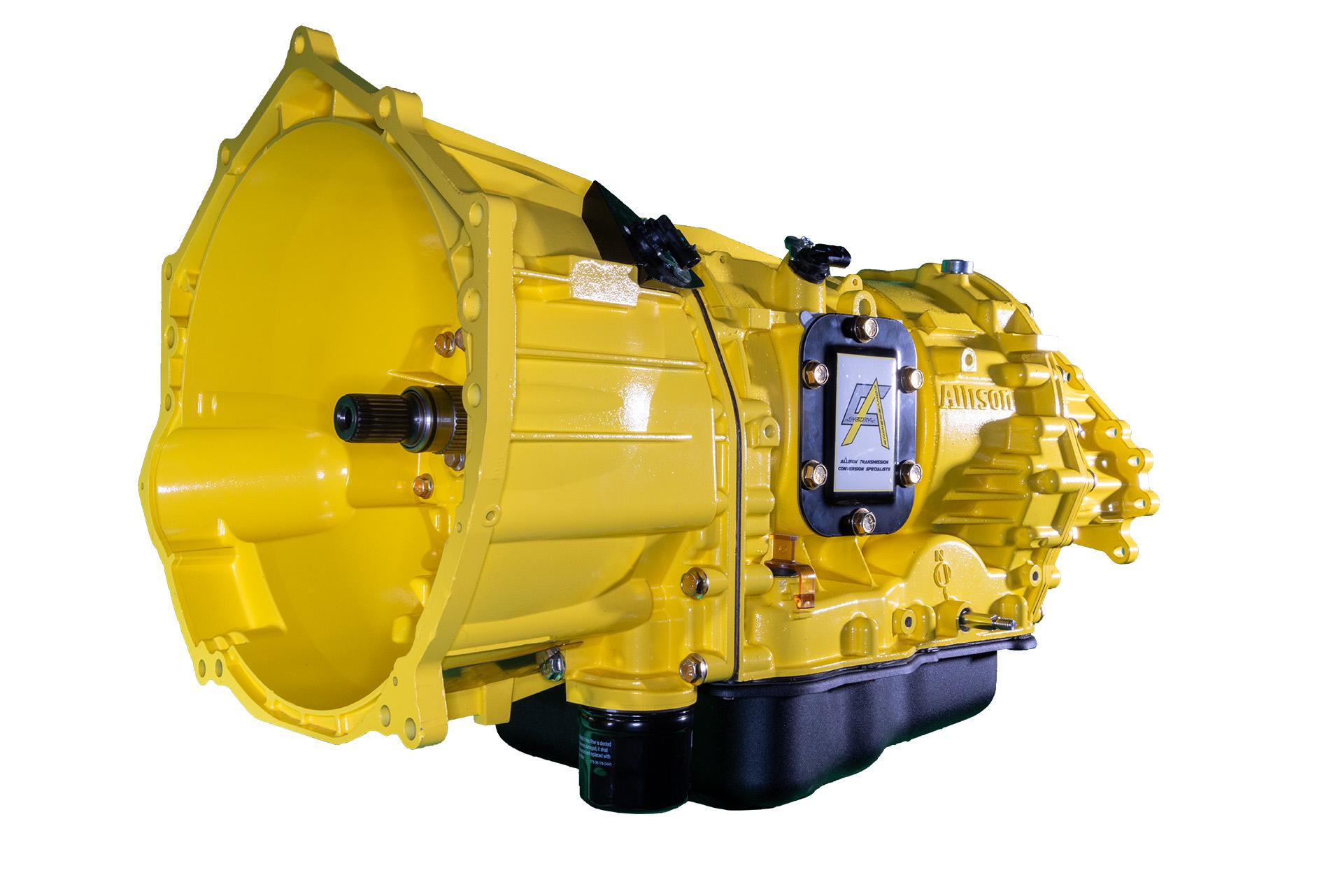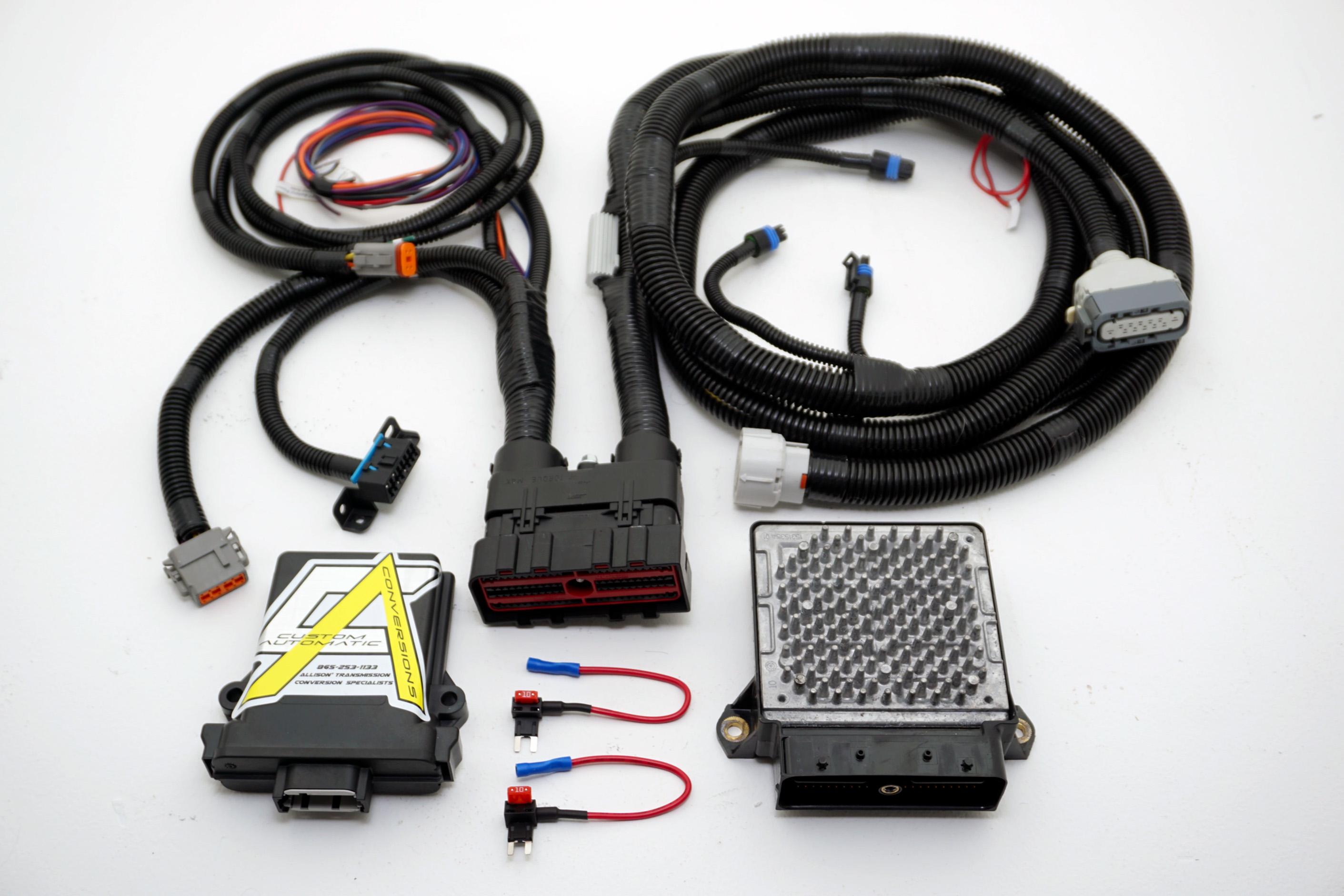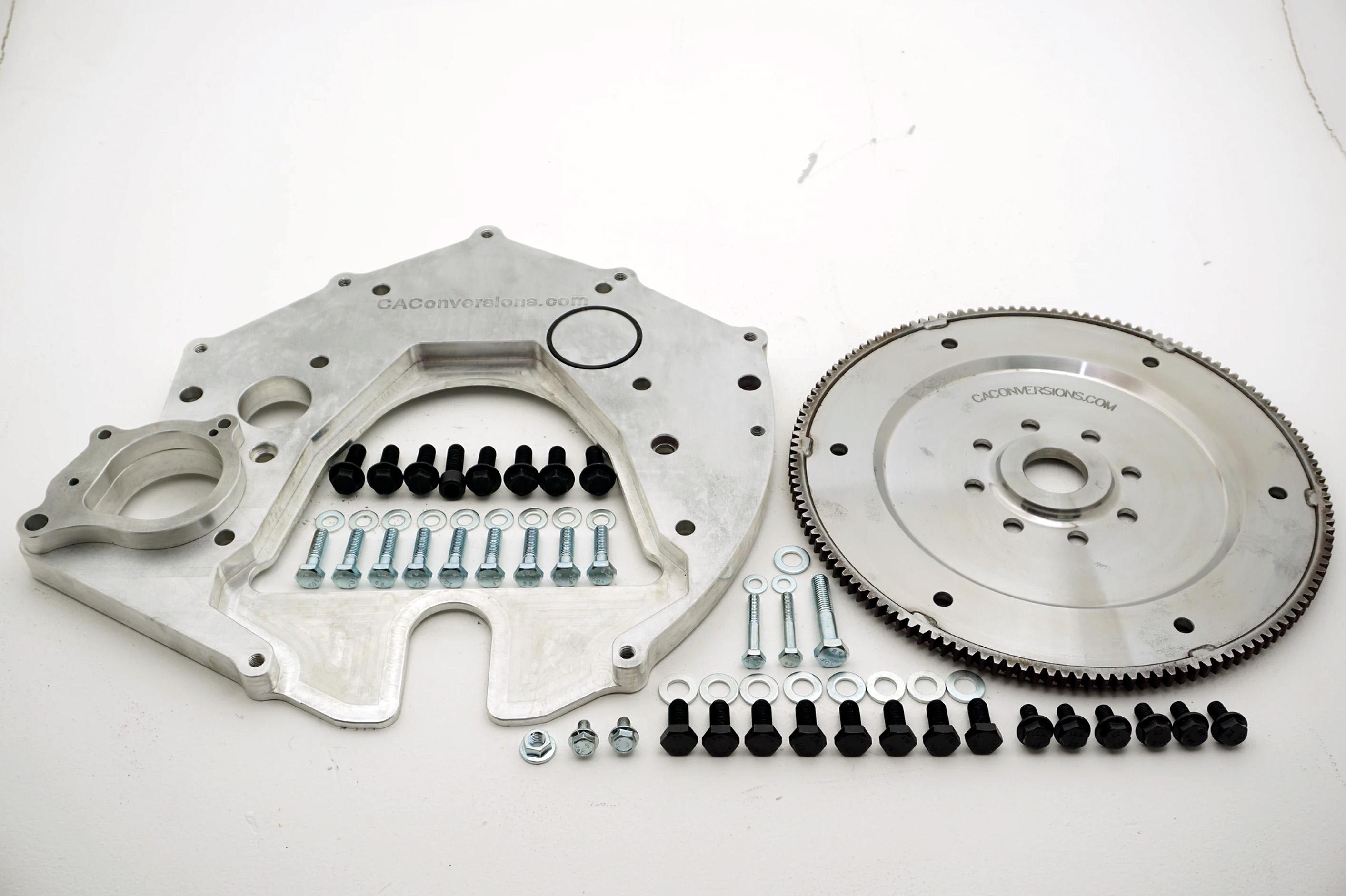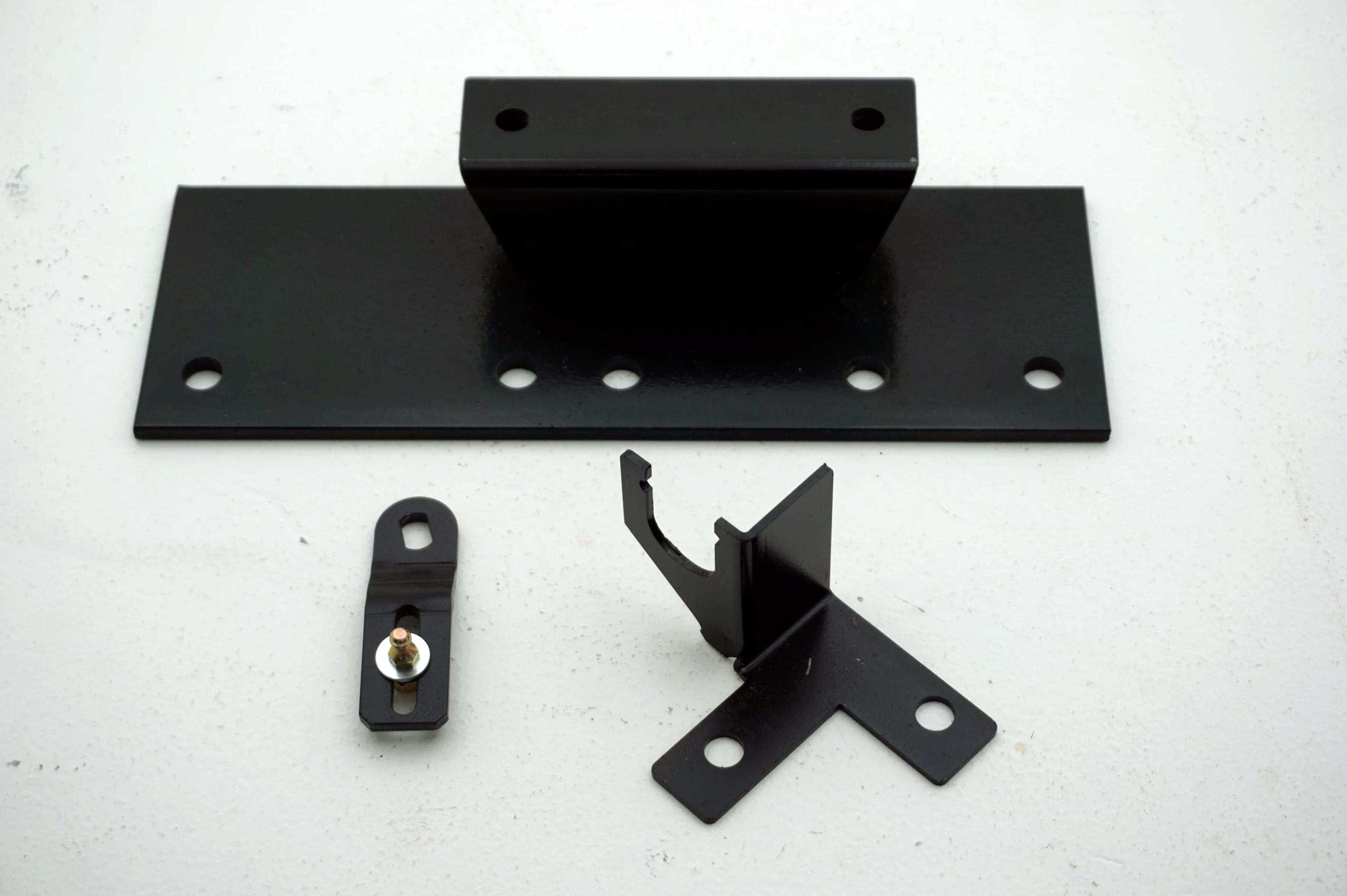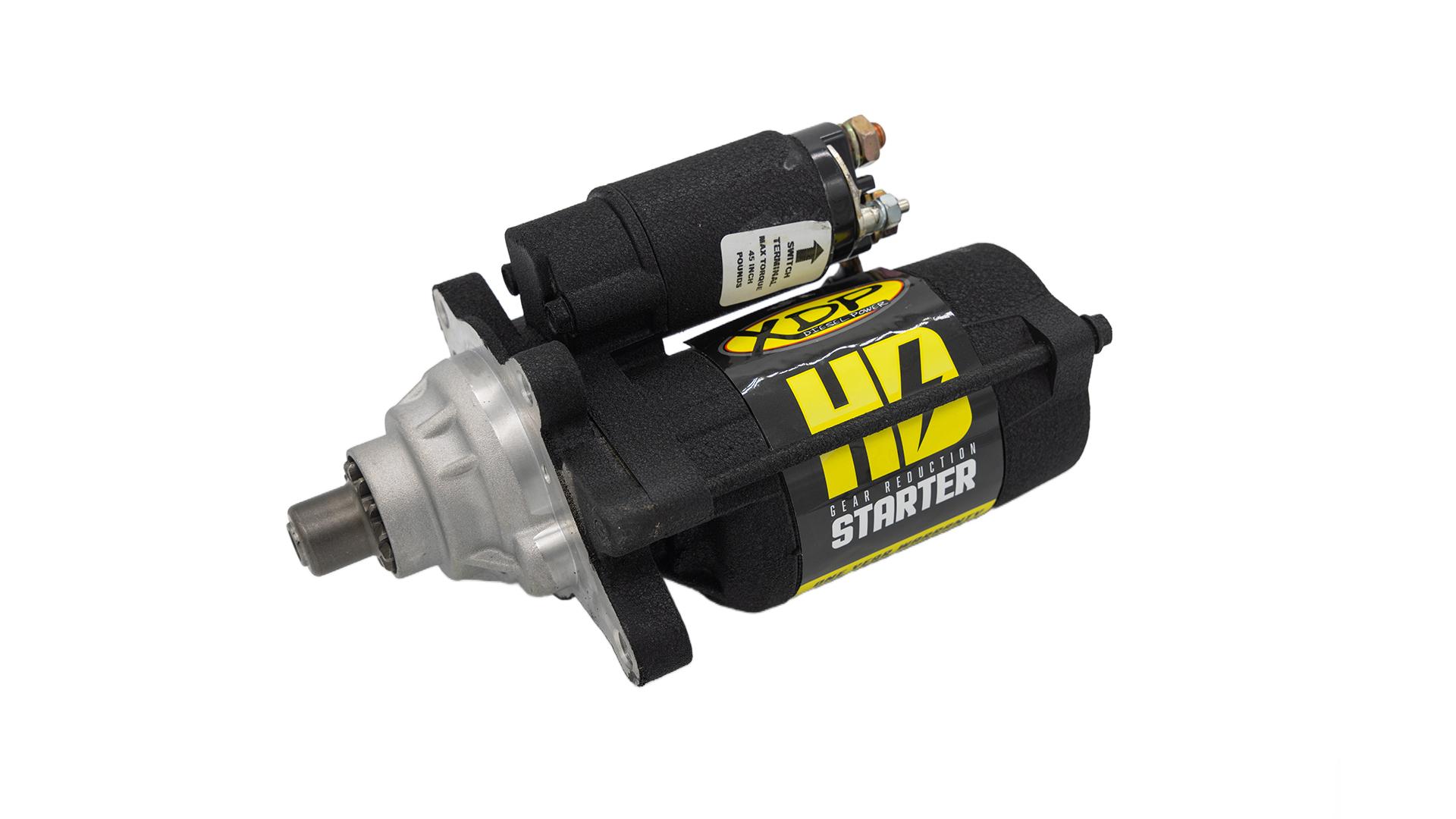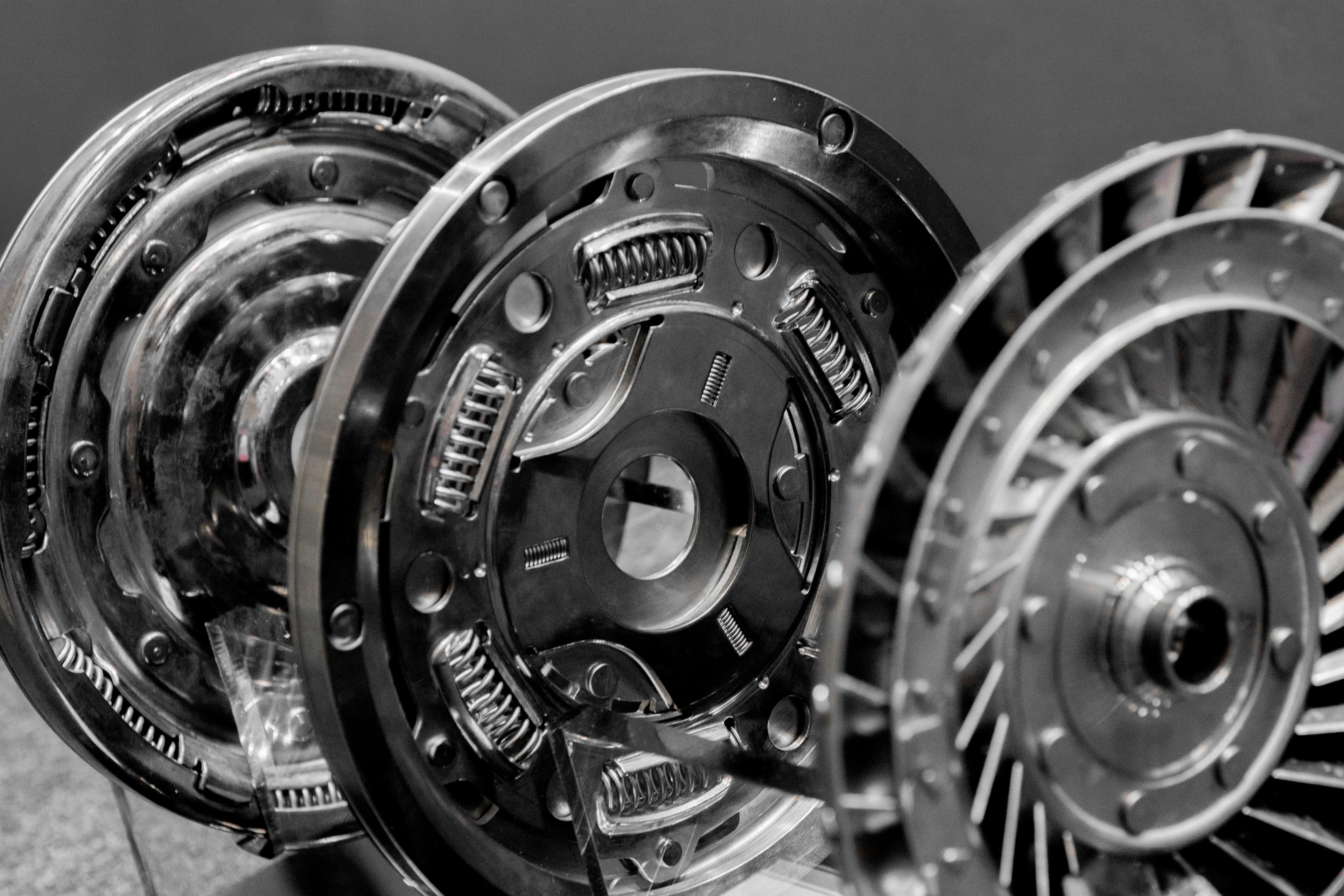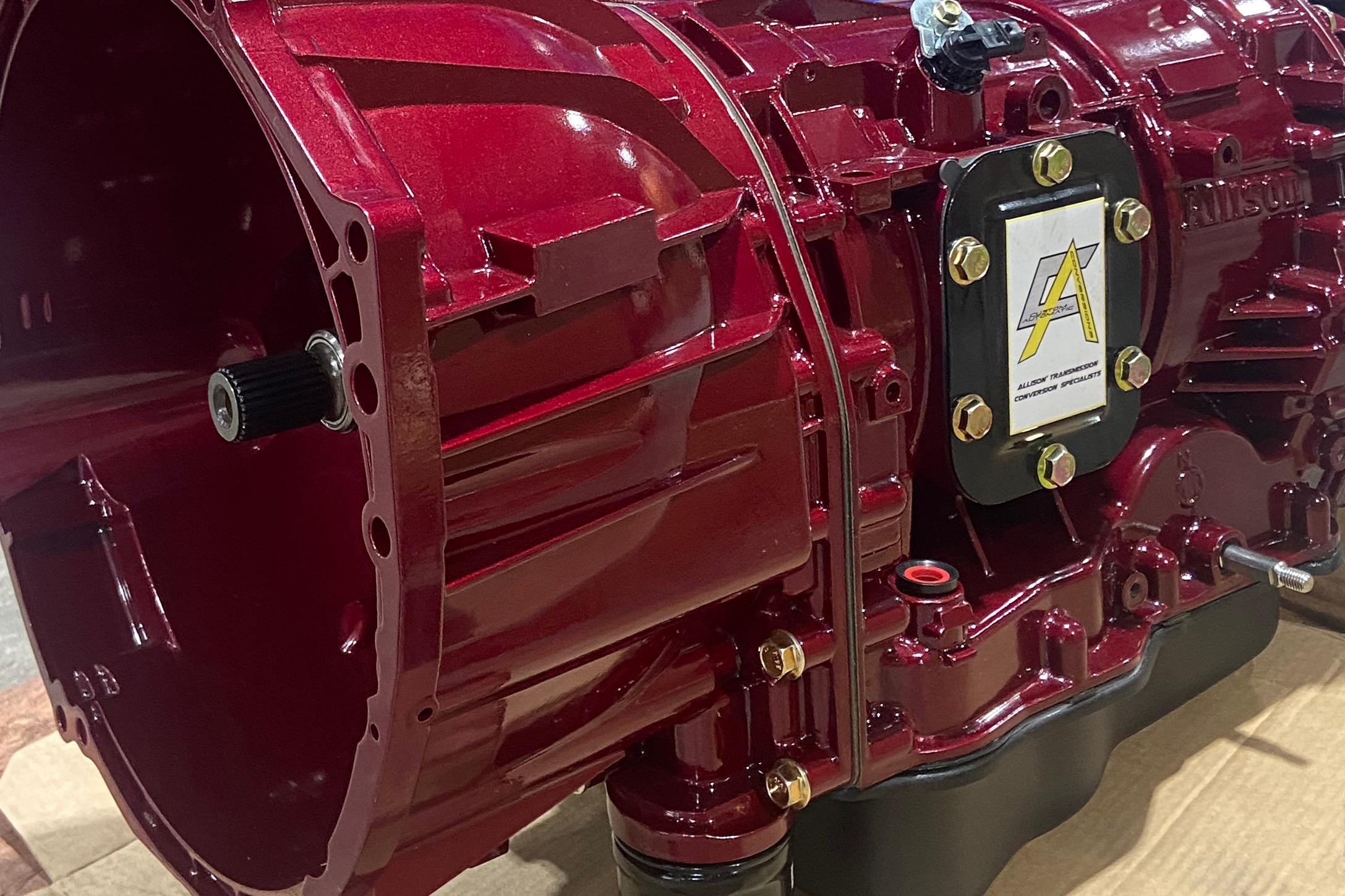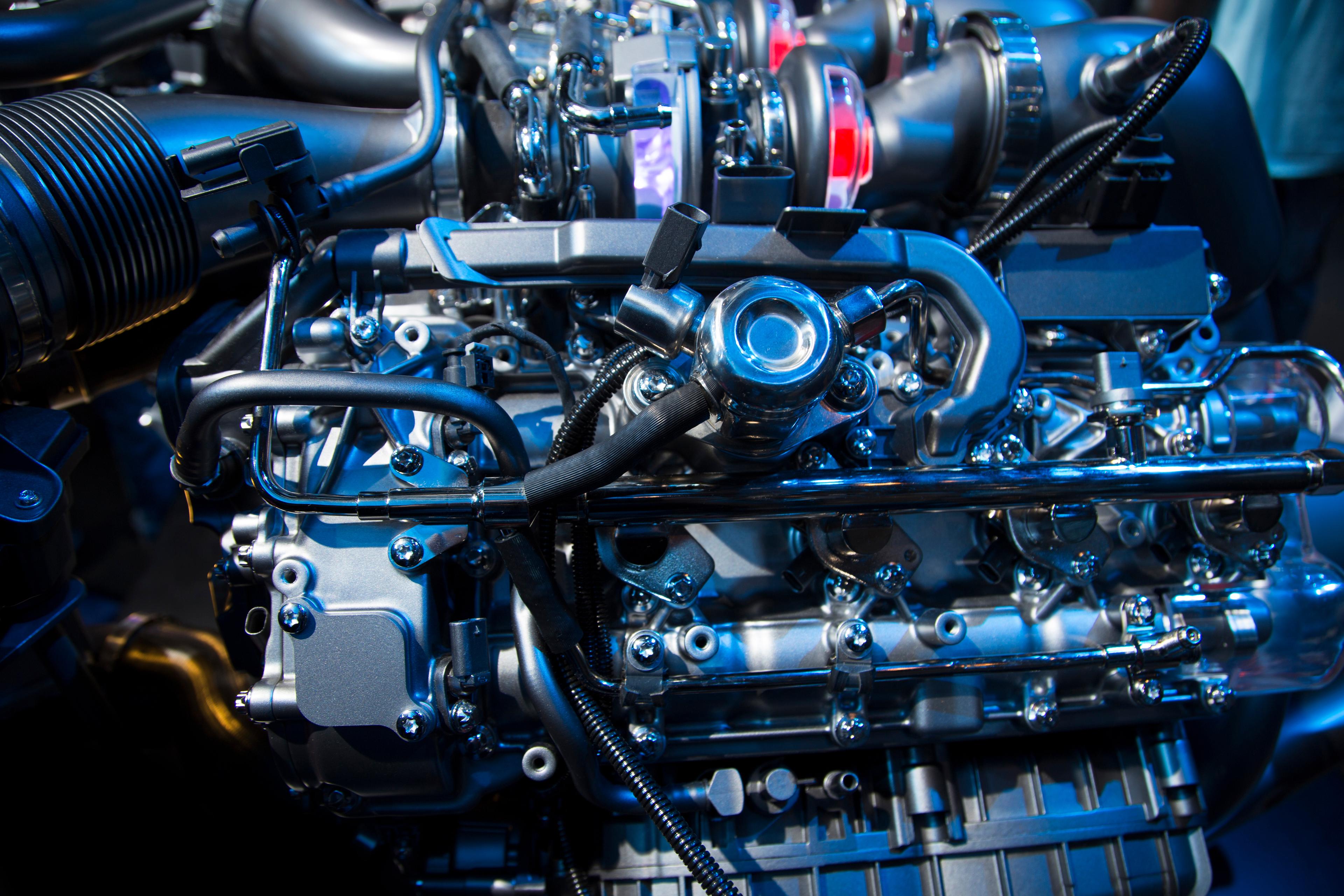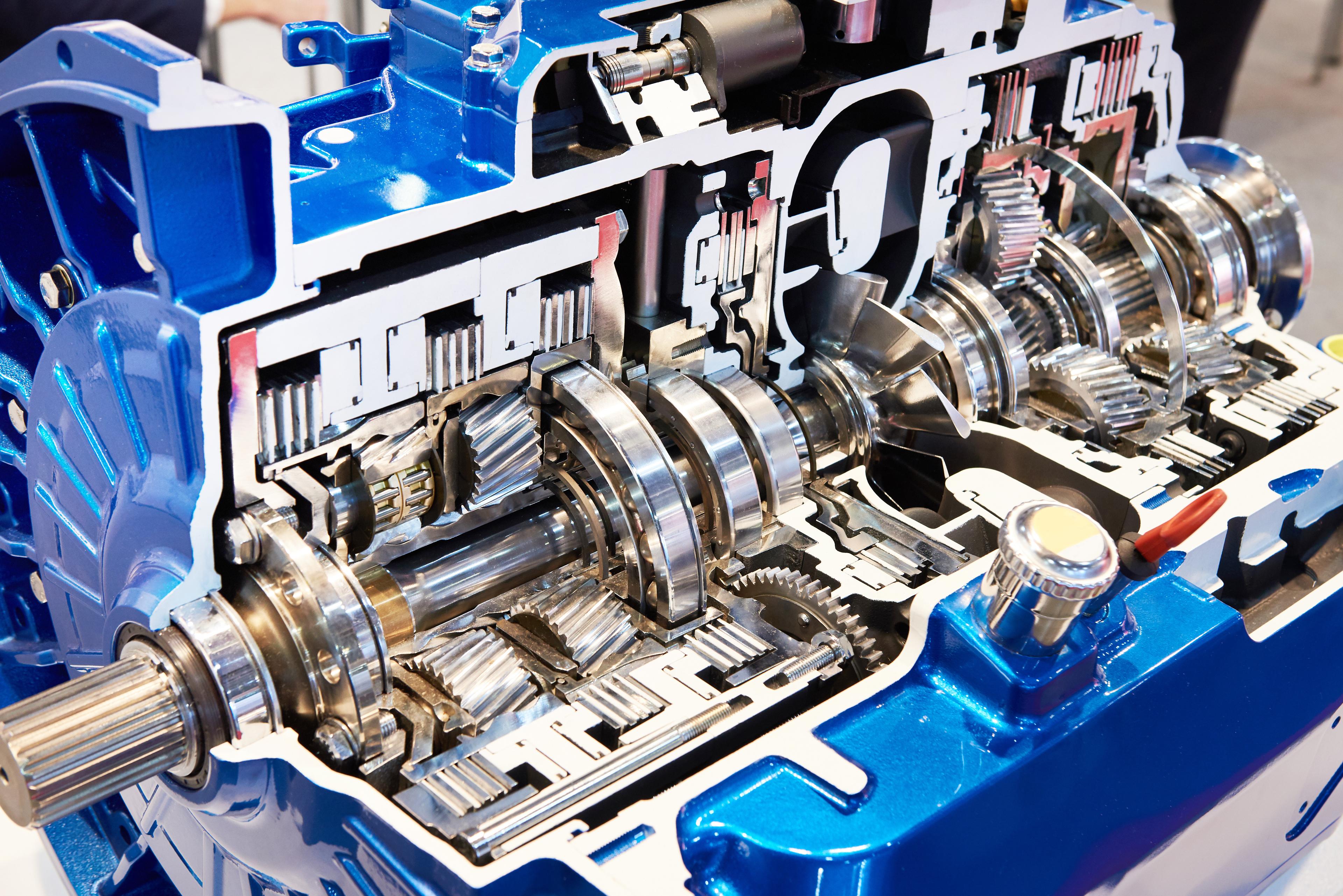Dodge 46RH Transmission

Convert your Dodge 46RH to an Allison
Transform Your Drive: Making the Switch to an Allison 1000PK Transmission
Configure your truckIntroducing the ultimate upgrade for your heavy-duty vehicle: the Dodge 46RH to Allison 1000PK transmission conversion. Engineered for unparalleled performance, durability, and efficiency, this conversion transforms your Dodge’s powertrain into a world-class driving experience. The Allison 1000PK, renowned for its seamless gear changes and exceptional towing capabilities, is designed to handle the toughest tasks without breaking a sweat, ensuring your truck is always ready for the road ahead. Say goodbye to the limitations of the 46RH and embrace a new era of unrivaled capability and longevity with the Allison 1000PK transmission conversion—a choice that redefines what your Dodge can achieve.

Overview of the 46RH Transmission
The 46RH, also known as the A518, is a four-speed automatic transmission that was developed and produced by Chrysler in the early 1990s. Part of the TorqueFlite family, this transmission was initially introduced as a robust and reliable option for rear-wheel-drive vehicles, particularly trucks and SUVs under the Dodge, Jeep, and Ram brands. Designed with a hydraulic governor and an overdrive unit that's bolted to the rear of its 3-speed core, the 46RH brought together the proven durability of its predecessors with the added functionality of an overdrive fourth gear, making it ideal for highway driving as it reduces engine RPMs and improves fuel efficiency. The 46RH features a non-lockup torque converter and is known for its straightforward, rugged design—a key factor in its popularity among both casual drivers and automotive enthusiasts. While newer transmissions have surpassed the 46RH in terms of electronic control and a higher number of gears, the 46RH remains a beloved classic among those who prefer simplicity and dependability in their vehicle's transmission.
46RH Features
The Dodge 46RH, part of Chrysler’s TorqueFlite family, is a four-speed automatic transmission known for its robust and reliable performance. Here are some of its notable features:
- Four-Speed Automatic: The 46RH comes with four forward gears, including an overdrive. This configuration provides flexibility across various driving conditions, enabling drivers to navigate low-speed terrains and high-speed highways alike.
- High Torque Capacity: Engineered for heavy-duty applications, the NV5600 is designed to handle high levels of torque, making it ideal for towing and hauling heavy loads.
- Hydraulic Governor: Unlike newer electronically controlled transmissions, the 46RH uses a hydraulic governor to control and manage gear shifts, which gives it a straightforward and robust design that many drivers appreciate for its reliability.
- Overdrive Function: One of the significant upgrades in the 46RH is the overdrive unit bolted to the rear of its 3-speed core. This overdrive fourth gear reduces engine RPM at highway speeds, thereby improving fuel economy and reducing engine wear.
- Non-Lockup Torque Converter: The 46RH features a non-lockup torque converter. This design ensures smoother transitions between gears, providing an easy and comfortable drive under normal operating conditions.
- Durability: Built with rugged, heavy-duty components, the 46RH was designed for longevity and is capable of handling the demands of larger, more powerful engines, making it a popular choice for trucks and SUVs.
- Simplicity and Serviceability: The 46RH is known for its straightforward design, which makes it relatively simple to service and repair. This is a major advantage for those who prefer to handle their vehicle maintenance or live in areas with limited access to advanced automotive service centers.
- Compatibility: Originally manufactured for rear-wheel drive vehicles, the 46RH has been widely used in various Dodge, Jeep, and Ram models. Its relatively compact design for a heavy-duty transmission allows it to be adapted to a wide range of vehicles.
- Adaptive Shift Scheduling: Although not as advanced as the electronic controls in newer models, the 46RH's hydraulic system is still sophisticated, using various pressure switches and the governor to adapt its shifting pattern according to the load and driving conditions.
In summary, the Dodge 46RH transmission is celebrated for its combination of simplicity, reliability, and durability. While it may lack some of the sophisticated electronic controls of newer models, it remains a solid choice for those looking for a dependable, serviceable, and hardworking transmission.
46RH Common Issues and Signs of Failures
While the 46RH transmission is known for its durability and simplicity, it is not immune to wear and tear or occasional failure, especially given its age. Below are some common issues and signs of failures associated with the 46RH transmission:
- Slipping Gears: One of the most common symptoms of a failing 46RH transmission is when it unexpectedly changes gears or has trouble staying in gear. This is often described as ‘gear slipping’ and can be a sign that the transmission’s internal components are wearing down.
- Delayed or Erratic Shifting: A 46RH transmission that is slow to change gears or shifts at unexpected times may be experiencing hydraulic control issues, worn clutches, or failing shift solenoids.
- Fluid Leaks: Transmission fluid leaks are common problems. Fluid is crucial for the transmission’s operation, as it lubricates and cools internal components. Leaks can be a sign of worn seals or gaskets, a cracked pan, or other issues.
- Overheating: The 46RH transmission is susceptible to overheating, particularly when the vehicle is subject to heavy loads or constant towing. Overheating can cause significant damage to the transmission’s internal components, and is often indicated by a burnt smell or transmission fluid discoloration.
- Noisy in Neutral: A common issue with many transmissions, including the 46RH, is a tendency to be noisy when in neutral. This could be due to worn bearings or other internal components.
- Failure to Engage Overdrive: The overdrive function in the 46RH transmission can fail due to issues with solenoids, a malfunctioning overdrive switch, or worn internal components.
- Poor Transmission Response: A transmission that is slow to engage when shifting from park to drive or reverse may be experiencing issues with its hydraulic system, valve body, or other critical components.
- Check Engine or Transmission Warning Light: Modern vehicles can detect problems with the transmission and activate a warning light on the dashboard. While the older vehicles with a 46RH transmission might not have this feature, those that do should not ignore this warning.
- Unusual Sounds: Grinding, whining, or clunking noises coming from the transmission are usually a sign of mechanical problems inside the transmission, such as worn gears or bearings.
- Dirty or Burnt Transmission Fluid: Healthy transmission fluid should be red and relatively clear. Fluid that is brown, black, or smells burnt is a sign that the transmission is overheating or experiencing significant wear.
These are general signs of 46RH transmission issues, and a professional diagnosis is always the best course of action when experiencing problems. Regular maintenance, including fluid and filter changes, can help prevent many of these issues and prolong the life of a 46RH transmission.
Rebuild, Replace, Converting to an Allison

Converting from a Dodge 46RH manual transmission to an Allison 1000PK automatic transmission can bring several benefits, depending on the specific needs and use of the vehicle. Here are some notable advantages of making such a conversion
The Allison 1000PK is designed for heavy-duty applications and is built to handle high torque and heavy loads. This makes it more durable and long-lasting compared to the Dodge 46RH.
The Allison 1000PK's superior torque handling capabilities and robust construction make it an excellent choice for towing heavy trailers or carrying heavy loads.
The Allison 1000PK is renowned for its smooth and precise shifting, contributing to a more comfortable driving experience.
With its advanced design and efficient gear ratios, the Allison 1000PK can contribute to improved fuel economy under certain driving conditions.
The Allison 1000PK features adaptive shift technology that adjusts shift patterns based on driving conditions and driver behavior, resulting in optimized performance and responsiveness.
Vehicles with the Allison 1000PK may have a higher resale value due to the recognized quality and performance of this transmission.
The Allison 1000PK's robust design and construction may lead to lower long-term maintenance costs due to its ability to withstand wear and tear better than other transmissions.
The Allison 1000PK can be tuned and customized more extensively than many other transmissions, allowing for a more tailored driving experience.
We provide everything you will need to get the swap done right

- Kit Includes
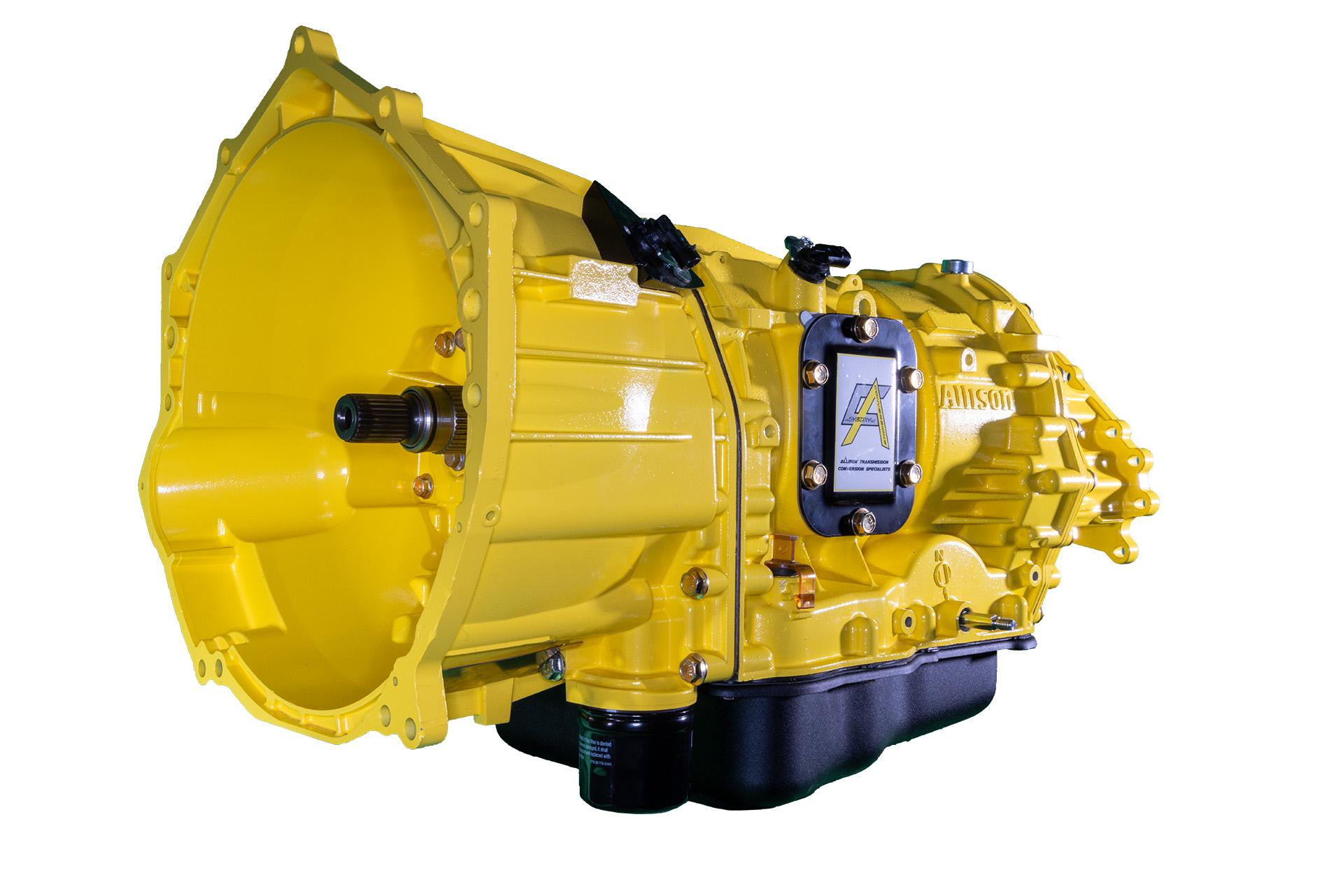
Allison 1000PK Transmission
Torque Converter to fit your needs
Wiring Harness
Flex Plate Adapter
Transfer Case Adapter, Couplers, and Tone Rings
Mounting Kit and Shift Linkage
Cooling Kit
CAC Digital Display
Allison Total Control Module (TCM)
CAC Total Control Module (TCM)
How to determine the Right Torque Converter
Maximizing Performance: Using Tire Diameter and Gear Ratio Calculations to Choose the Ideal Torque Converter

FAQ'S
What are the benefits of converting my Dodge Ram's current transmission to an Allison?
Converting your Dodge Ram's transmission to an Allison can result in numerous benefits including improved durability, enhanced towing capability, increased fuel efficiency, and smoother gear shifts, thus optimizing your vehicle's performance.
Is an Allison conversion compatible with all Dodge Ram models?
Most Dodge Ram models can benefit from an Allison transmission conversion, but it's advisable to consult with a specialist to ensure compatibility with your specific model.
Can I use my existing Dodge Ram transfer case with an Allison conversion?
Yes, with the right adapters, your existing Dodge Ram transfer case can be utilized in an Allison conversion.
Which Allison transmissions are best suited for Dodge Ram vehicles?
The Allison 1000 series is a popular choice for Dodge Ram vehicles due to its reliability and performance, but the best option depends on your particular needs and vehicle model.
What is the process for converting my Dodge Ram's transmission to an Allison?
The conversion process involves removing your Dodge Ram's current transmission, fitting the Allison transmission with the necessary adapters, and installing it. The wiring harness, TCM, and other components are also adjusted accordingly.
Will my Dodge Ram's performance and fuel economy improve with an Allison transmission conversion?
Yes, an Allison transmission is designed to provide smoother shifts, increased durability, and better fuel efficiency, all of which contribute to improved vehicle performance.
What specific components come with the Allison conversion kit for Dodge Ram vehicles?
An Allison conversion kit typically includes components such as the transmission (if chosen), TCM, torque converter, wiring harness, adapters, and other necessary parts for the conversion.
Can I provide my own Allison transmission for the conversion, or can it be included in the kit?
You have the option to either provide your own Allison transmission or include it with your conversion kit purchase.
Can I perform the Allison transmission conversion myself, or do I need a professional?
While it's possible for experienced individuals to do the conversion, it's generally recommended to hire a professional to ensure the job is done correctly and safely.
How long does a typical Allison conversion take for a Dodge Ram?
The conversion time can vary based on the vehicle and the specific conversion kit. On average, it might take a few days to complete.
Will converting my Dodge Ram's transmission to an Allison affect my warranty?
An Allison conversion could affect your vehicle's warranty depending on the specific terms of your warranty agreement. We recommend checking with your warranty provider before proceeding with the conversion.
What should I do if I encounter issues after converting my Dodge Ram's transmission to an Allison?
If you face any problems after the conversion, it's best to contact your conversion specialist for troubleshooting assistance or potential service needs.
Can I use an Allison transmission from a different vehicle (like a Chevrolet/GM) for my Dodge Ram conversion?
Yes, an Allison transmission from another vehicle can be used, provided it's compatible with your Dodge Ram model. Ensure to consult with your conversion specialist before proceeding.
Do you offer rebuilding services for Allison transmissions?
Yes, we do offer rebuilding services for Allison transmissions, ensuring your transmission is operating at peak performance.
What is the cost range for an Allison transmission conversion for Dodge Ram vehicles?
The cost can vary significantly depending on the specific Allison model, whether you're providing the transmission or purchasing it as part of the kit, and any additional services required. Please contact us directly for a more precise estimate.


Financing Available
Financing is available, so that you can get on the road faster






